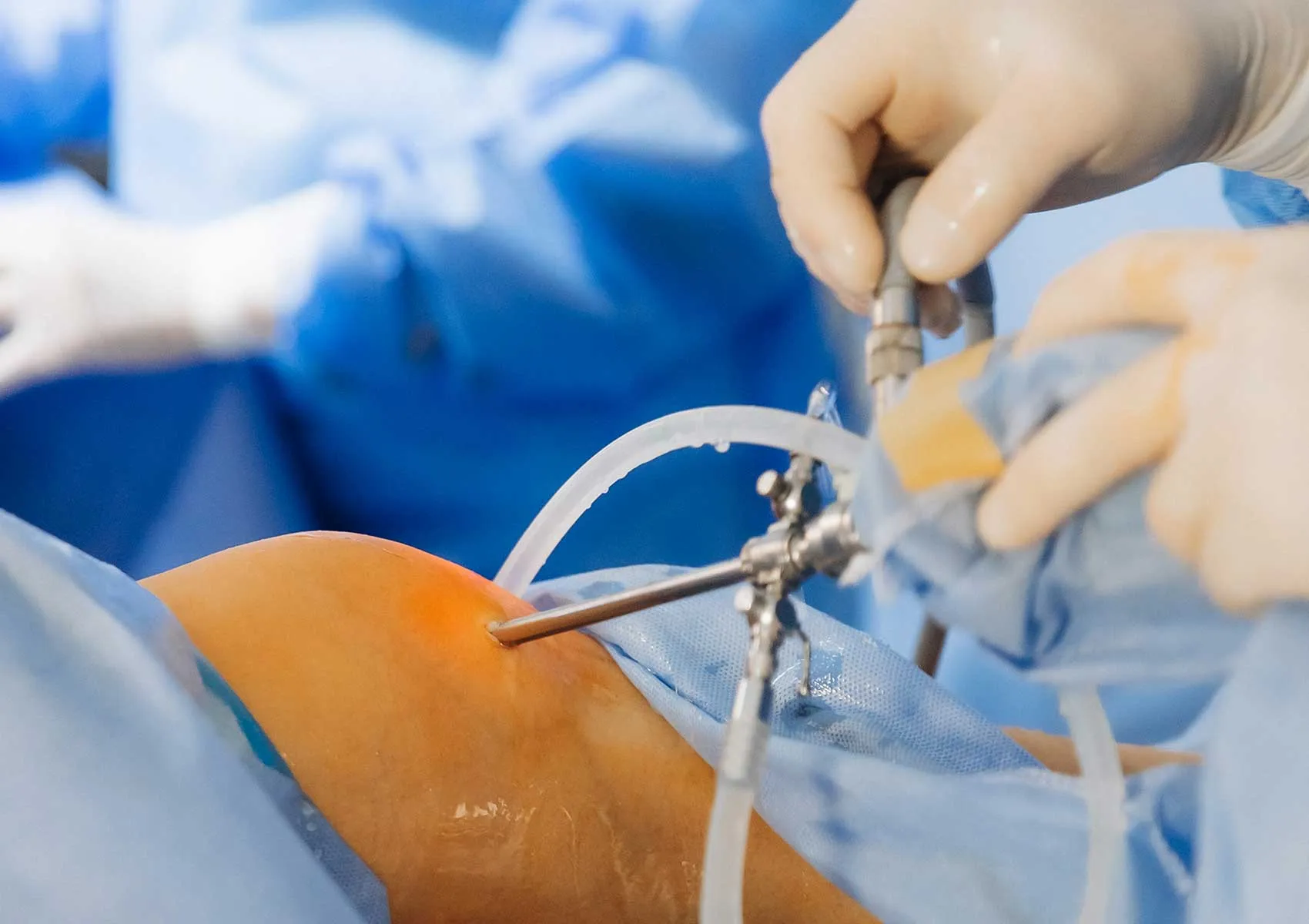Does Arthroscopic Surgery Cause Pain Afterwards?
Pain is a common occurrence after arthroscopic surgery, but its intensity and duration vary depending on the patient and the procedure performed. This article thoroughly explores the causes of pain following arthroscopic surgery, what to watch for during the recovery period, and effective pain management strategies.
Arthroscopic surgery is a minimally invasive technique performed to directly observe and treat structures within the joints. Frequently used on joints such as the knee, hip, and shoulder, this surgical approach causes less tissue damage compared to open surgery and generally offers a faster recovery time. However, it is inevitable that most patients will experience some degree of pain and discomfort following the operation. This article examines the reasons why pain occurs after arthroscopic surgery, its duration, and important considerations for pain management.
Causes of Pain After Surgery
During arthroscopic surgery, surgical instruments are used inside the joint for repairs or tissue removal. This process affects the joint capsule, nerve endings, cartilage, ligaments, and surrounding tissues. While the minimally invasive nature of the procedure reduces tissue damage, these structures are not left unscathed. Consequently, pain arises due to the healing process of the tissue and the inflammatory response.
Fluid accumulation, swelling, bleeding, and local inflammation within the joint are primary causes of postoperative pain. Moreover, the type of surgical intervention—such as meniscus repair, cartilage treatment, or anterior cruciate ligament reconstruction—can influence the level of pain. For example, more extensive repairs may result in more pronounced pain.
Duration and Expected Course of Pain
Pain after arthroscopic surgery can vary from mild to severe. The first 48 to 72 hours post-surgery are typically when pain is most intense. During this period, rest, cold compress application, and the use of painkillers recommended by the physician are advised. From the first week onward, pain usually decreases significantly, and mobility begins to improve.
Most patients are able to resume daily activities within 2 to 6 weeks. However, the type of surgery and the patient’s overall health condition can affect this timeline. In some cases, especially those involving major joint repairs or full reconstructions, pain may persist for several months. Persistent or increasing pain should prompt immediate consultation with a healthcare professional.
Important Considerations in Pain Management
Effective control of pain after surgery is critical for a successful recovery. Proper pain management allows for early mobilization, prevents muscle shortening, and improves overall quality of life.
Medication: Nonsteroidal anti-inflammatory drugs (NSAIDs) prescribed by the surgeon and, if necessary, short-term opioid analgesics are used to control pain. Medications should be taken under medical supervision and according to the recommended dosage.
Cold Therapy and Physical Therapy: Applying ice to the joint area especially during the initial days post-surgery helps to reduce inflammation and pain. As recovery progresses, guided movement and strengthening exercises led by a professional physiotherapist aid in relieving pain.
Balance Between Activity and Rest: While rest is important during the initial days, passive and then active movements are essential for restoring joint function. Complete immobilization can lead to stiffness and muscle weakness, which may increase pain.
When Postoperative Pain Is Not Normal
Although most postoperative pain is a natural part of the healing process, certain symptoms may indicate complications and require urgent specialist evaluation. These warning signs include:
- Increasing pain intensity
- Excessive swelling and redness
- Worsening movement restriction
- Severe pain during weight-bearing
- Fever or signs of infection
Such symptoms may indicate infection, deep vein thrombosis, or other surgical complications and require immediate medical intervention.
In summary, pain after arthroscopic surgery is inevitable but manageable with appropriate treatment and care. Patient awareness of pain management and adherence to medical follow-up can positively impact recovery.
FAQ
-
How long does pain last after arthroscopic surgery?
Pain typically decreases within 1 to 2 weeks post-surgery and is usually well controlled by 6 weeks. However, the duration can vary depending on the extent of the intervention.
-
What can I do at home to reduce pain?
Applying ice, regularly taking prescribed pain medications, and maintaining a balance between movement and rest are important. Additionally, exercises recommended by your doctor or physiotherapist are beneficial.
-
What should I do if the pain after surgery is excessive?
If you experience increasing pain, swelling, redness, or fever, you should contact your doctor immediately. These symptoms could indicate infection or other complications.
-
Is it normal to have difficulty moving due to pain during recovery?
Some pain with movement in the early stages is normal, but slow and controlled movements help recovery. If pain prevents you from moving, consult your doctor.
-
Is using painkillers after arthroscopic surgery harmful?
Painkillers are safe when taken as prescribed by your doctor. However, prolonged and uncontrolled use is not recommended and should always be supervised by a healthcare professional.

